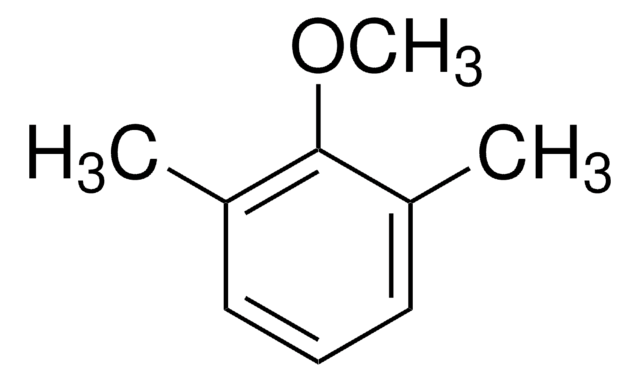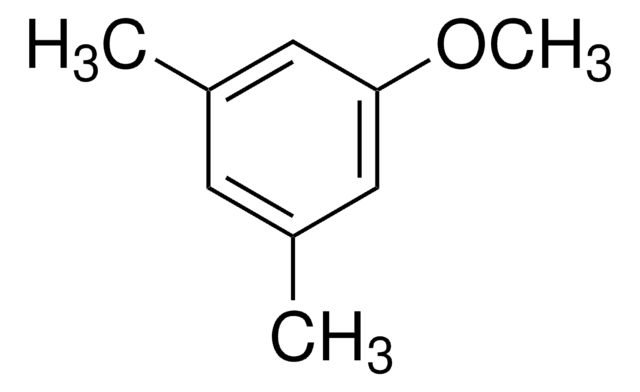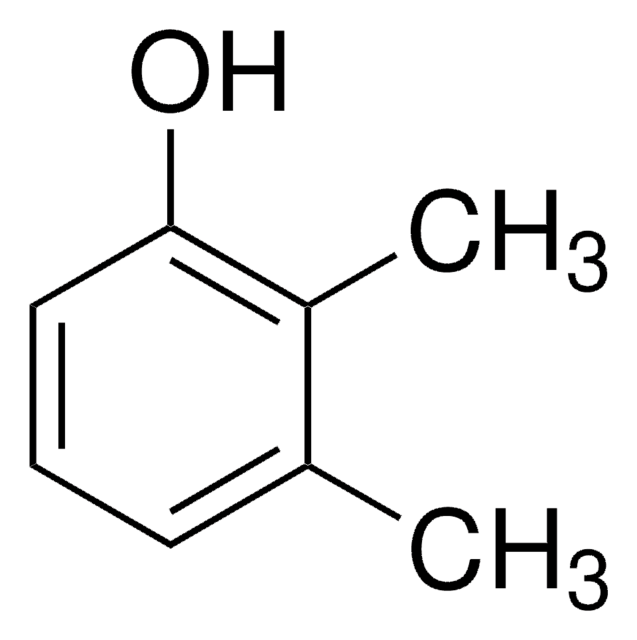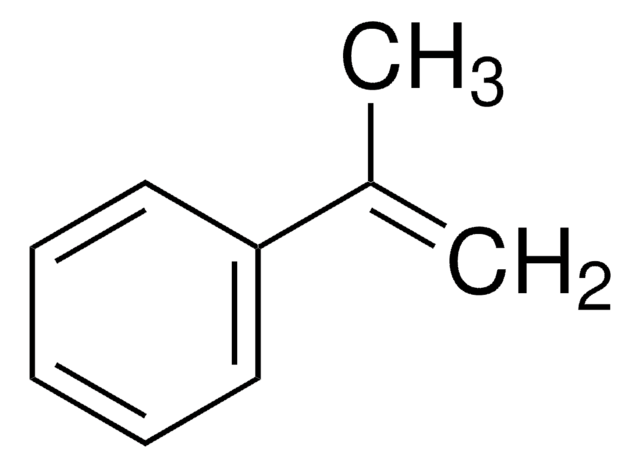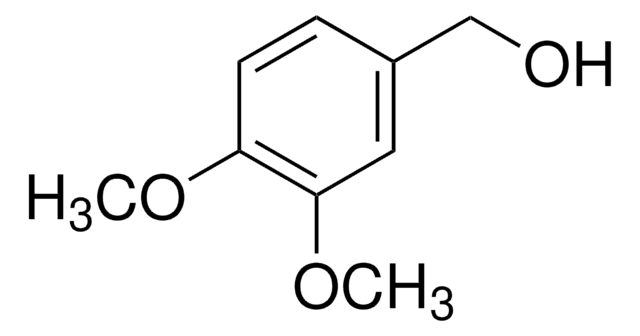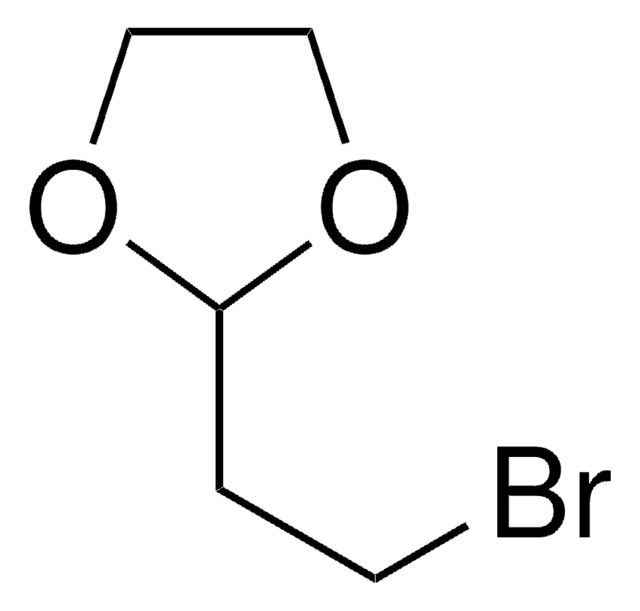Wszystkie zdjęcia(1)
Kluczowe dokumenty
Wybierz wielkość
Wybierz wielkość
Zmień widok
About This Item
Wzór liniowy:
(CH3)2C6H3OCH3
CAS Number:
Masa cząsteczkowa:
136.19
Numer WE:
Numer MDL:
Kod UNSPSC:
12352100
Identyfikator substancji w PubChem:
NACRES:
NA.22
Polecane produkty
Poziom jakości
Próba
99%
Formularz
liquid
współczynnik refrakcji
n20/D 1.514 (lit.)
bp
190 °C (lit.)
gęstość
0.965 g/mL at 25 °C (lit.)
ciąg SMILES
COc1cc(C)ccc1C
InChI
1S/C9H12O/c1-7-4-5-8(2)9(6-7)10-3/h4-6H,1-3H3
Klucz InChI
SJZAUIVYZWPNAS-UHFFFAOYSA-N
Powiązane kategorie
Opis ogólny
2,5-dimetyloanizol działa jako fotowzbudzony donor i przechodzi różne nieradiacyjne przejścia w obecności akceptora 2-nitrofluorenu w sztywnej szklistej matrycy etanolowej w temperaturze 77K.
Zastosowanie
2,5-dimetyloanizol został użyty do zbadania temperaturowej zależności szybkości relaksacji spinowo-rotacyjnej metylu C-13 w 2,5-dimetyloanilinie.
Ta strona może zawierać tekst przetłumaczony maszynowo.
Kod klasy składowania
10 - Combustible liquids
Klasa zagrożenia wodnego (WGK)
WGK 3
Wybierz jedną z najnowszych wersji:
Masz już ten produkt?
Dokumenty związane z niedawno zakupionymi produktami zostały zamieszczone w Bibliotece dokumentów.
Nasz zespół naukowców ma doświadczenie we wszystkich obszarach badań, w tym w naukach przyrodniczych, materiałoznawstwie, syntezie chemicznej, chromatografii, analityce i wielu innych dziedzinach.
Skontaktuj się z zespołem ds. pomocy technicznej